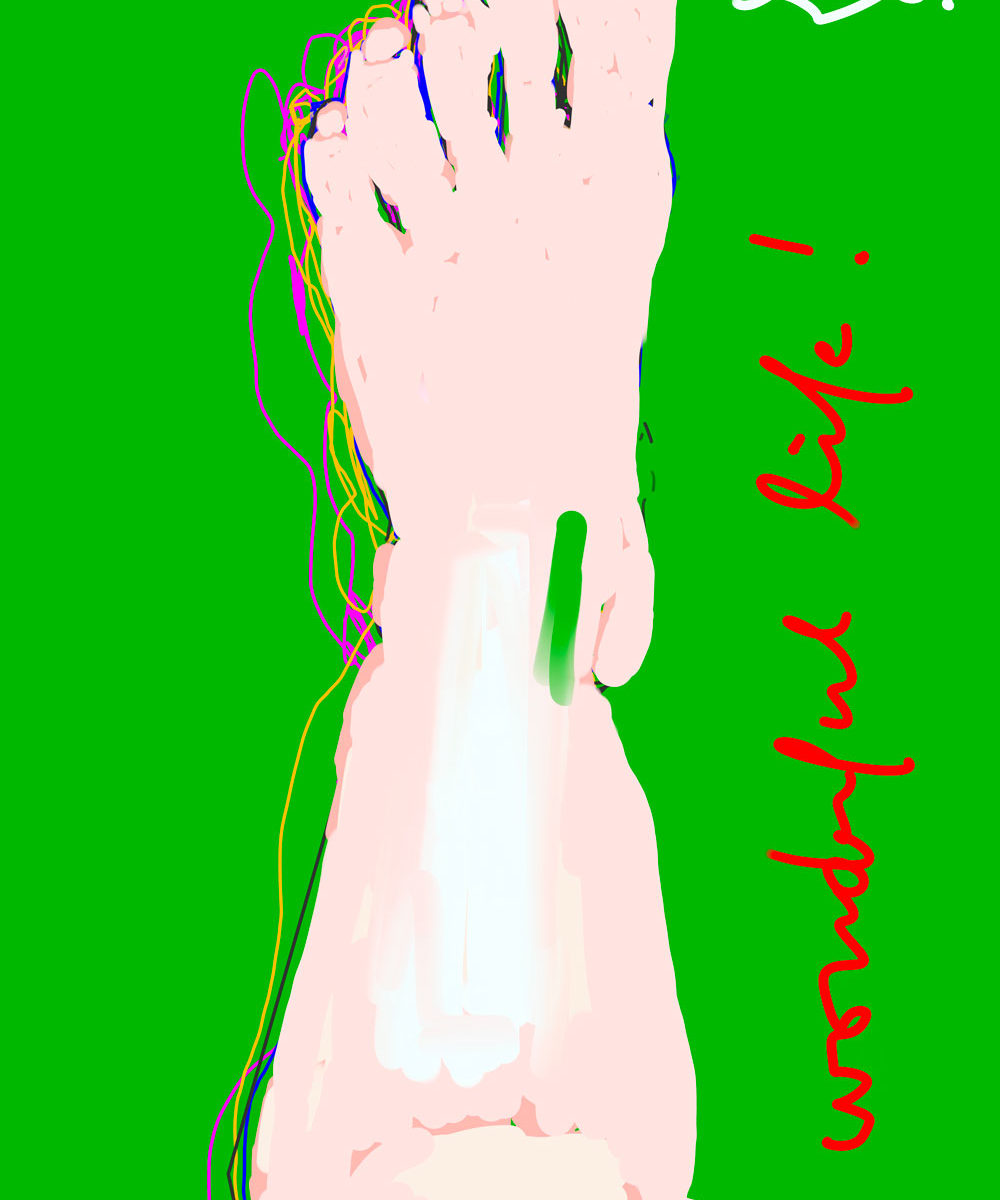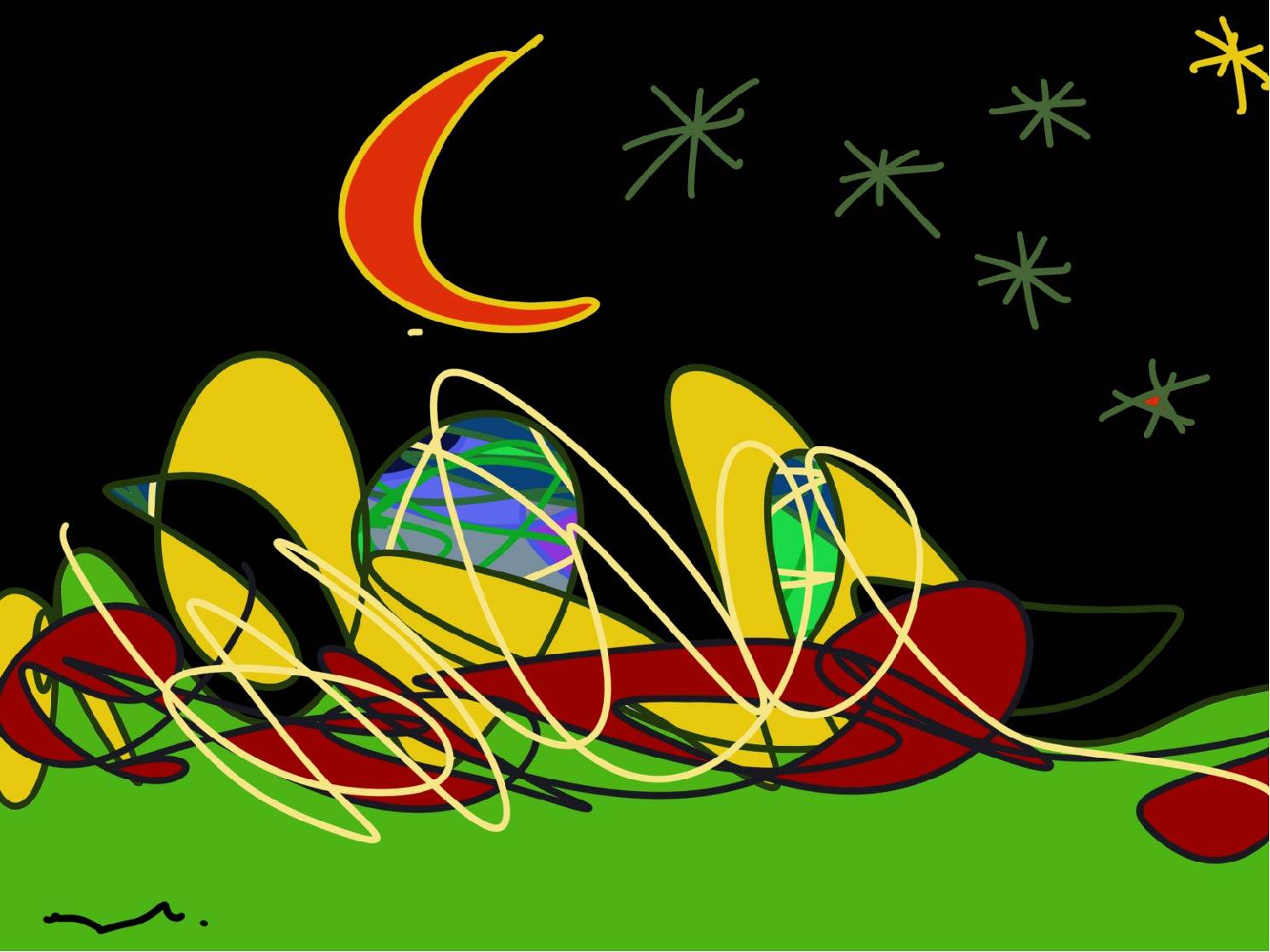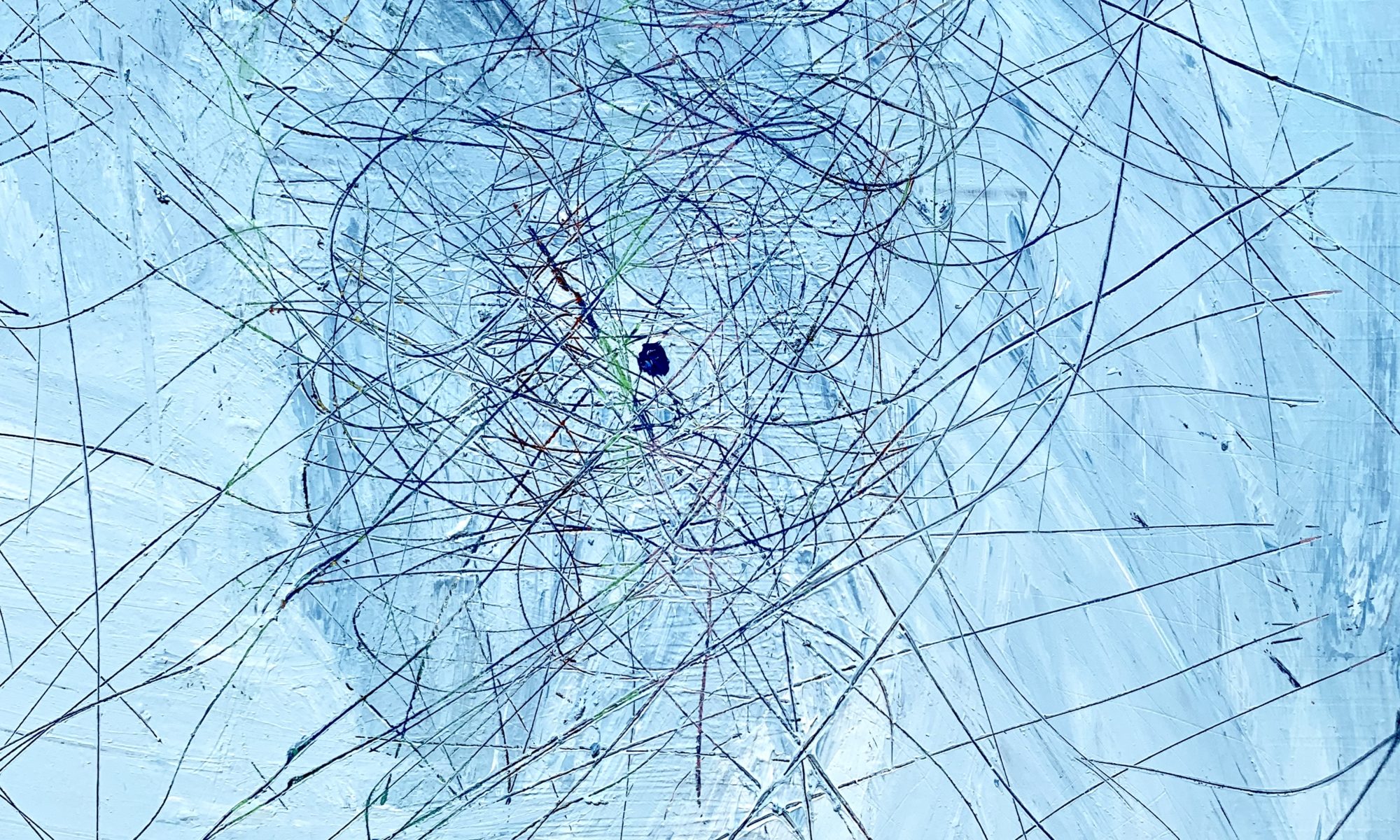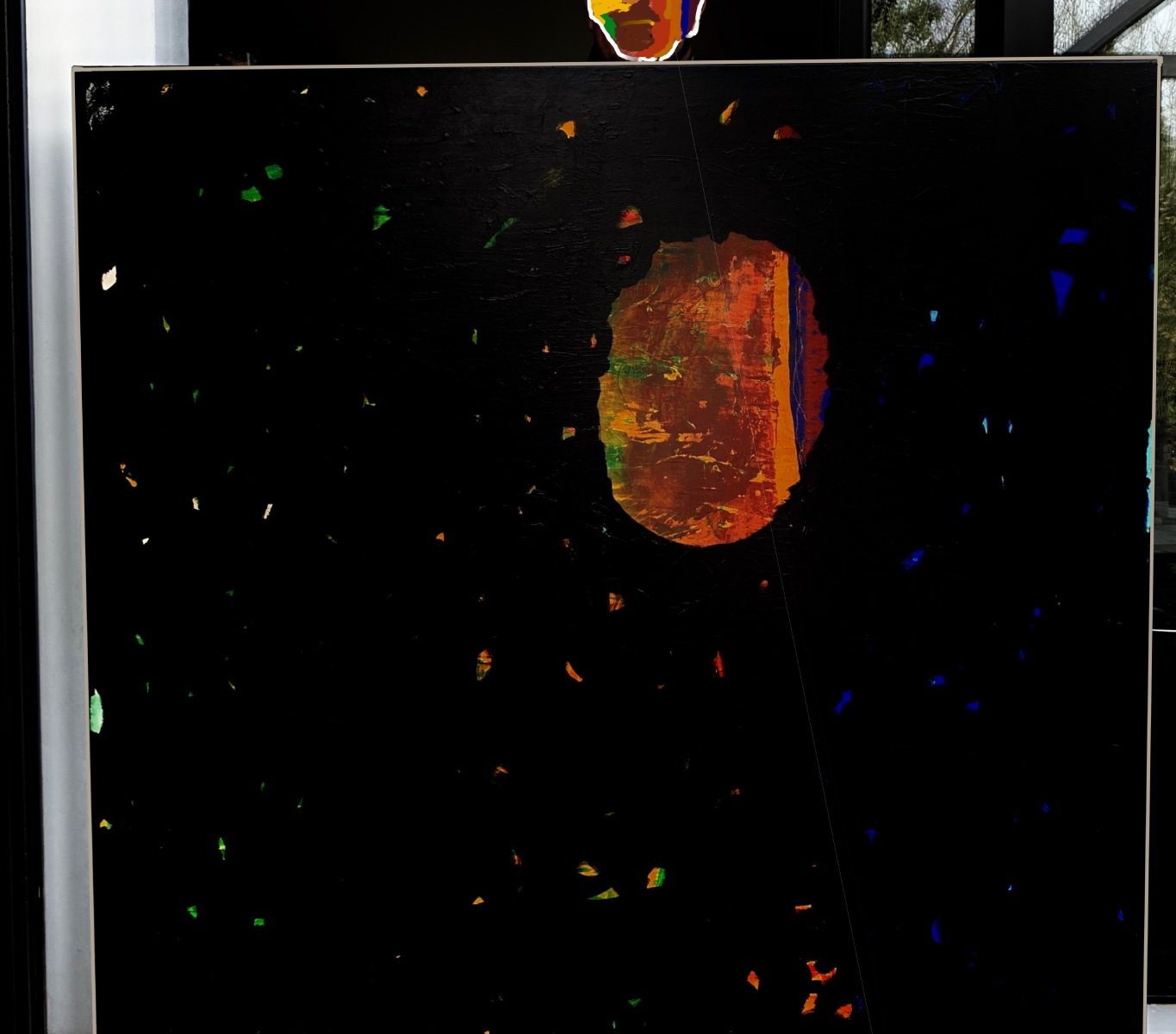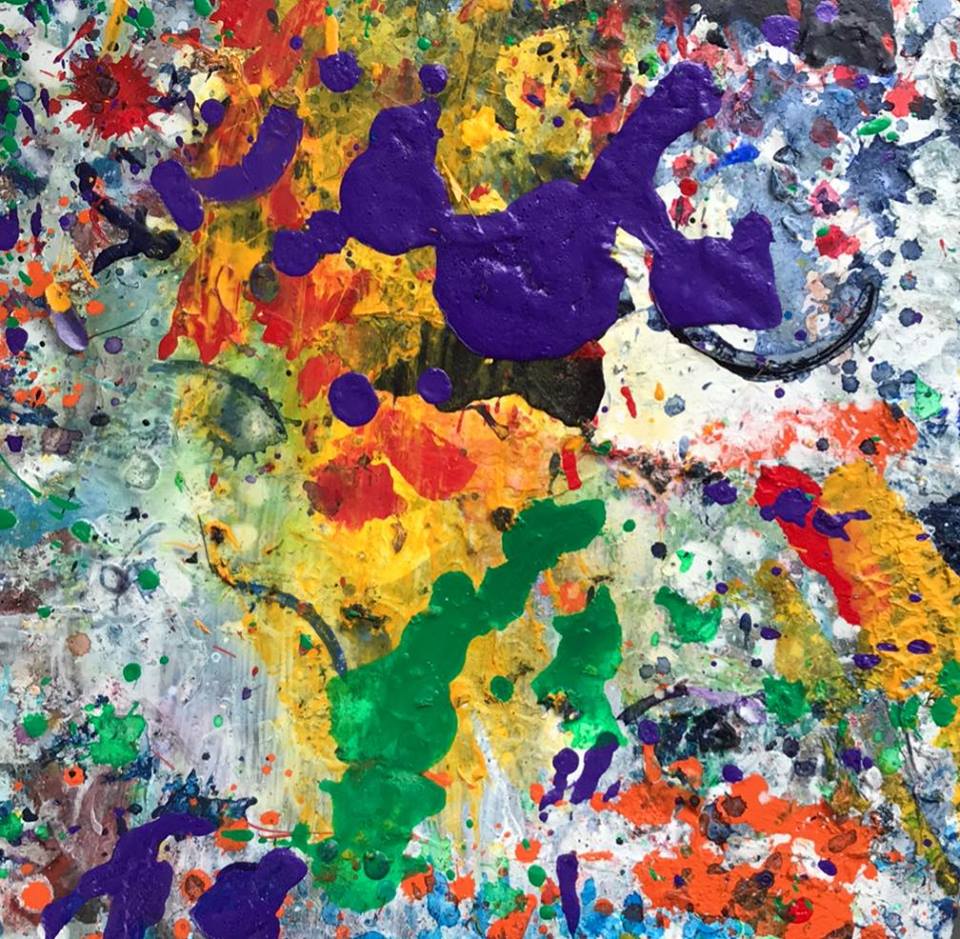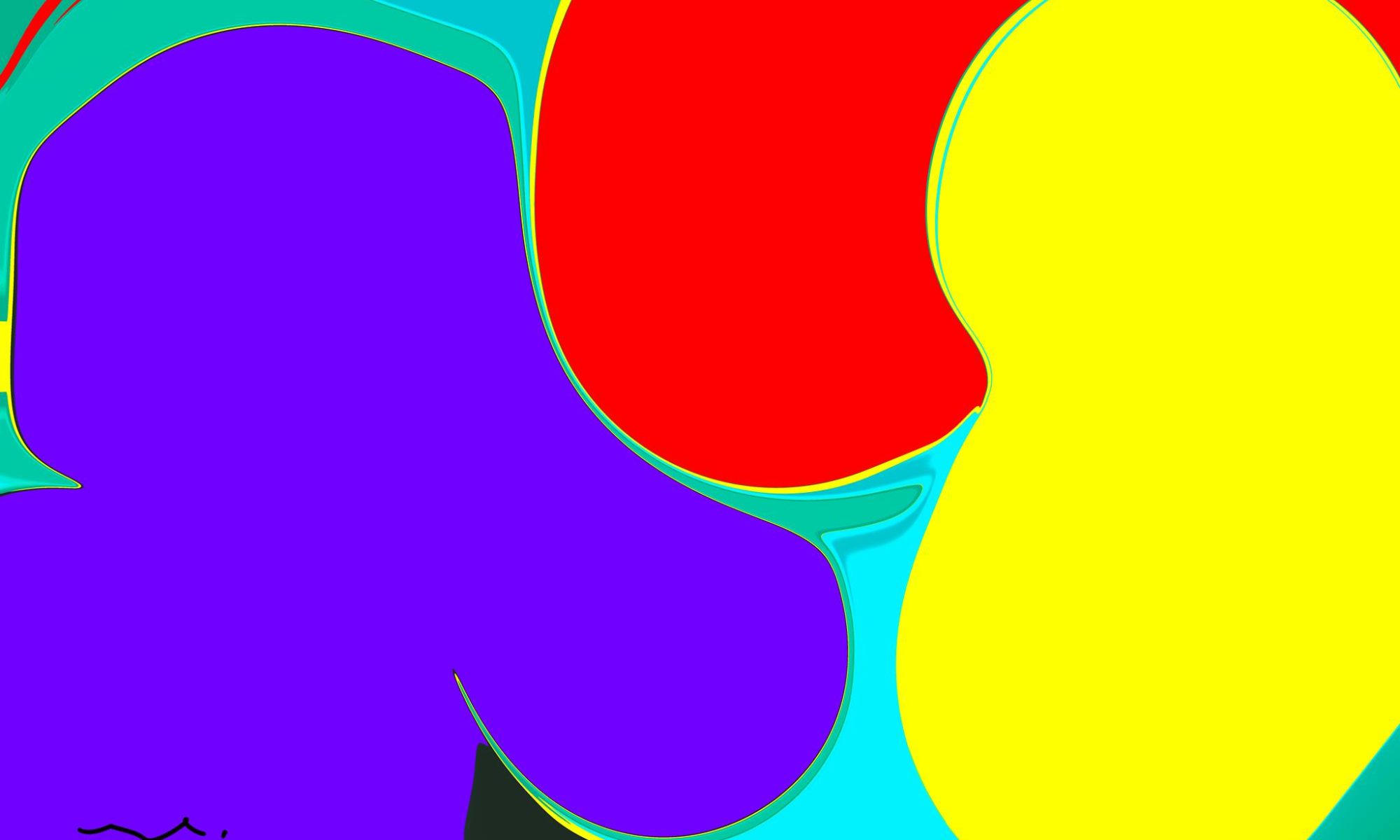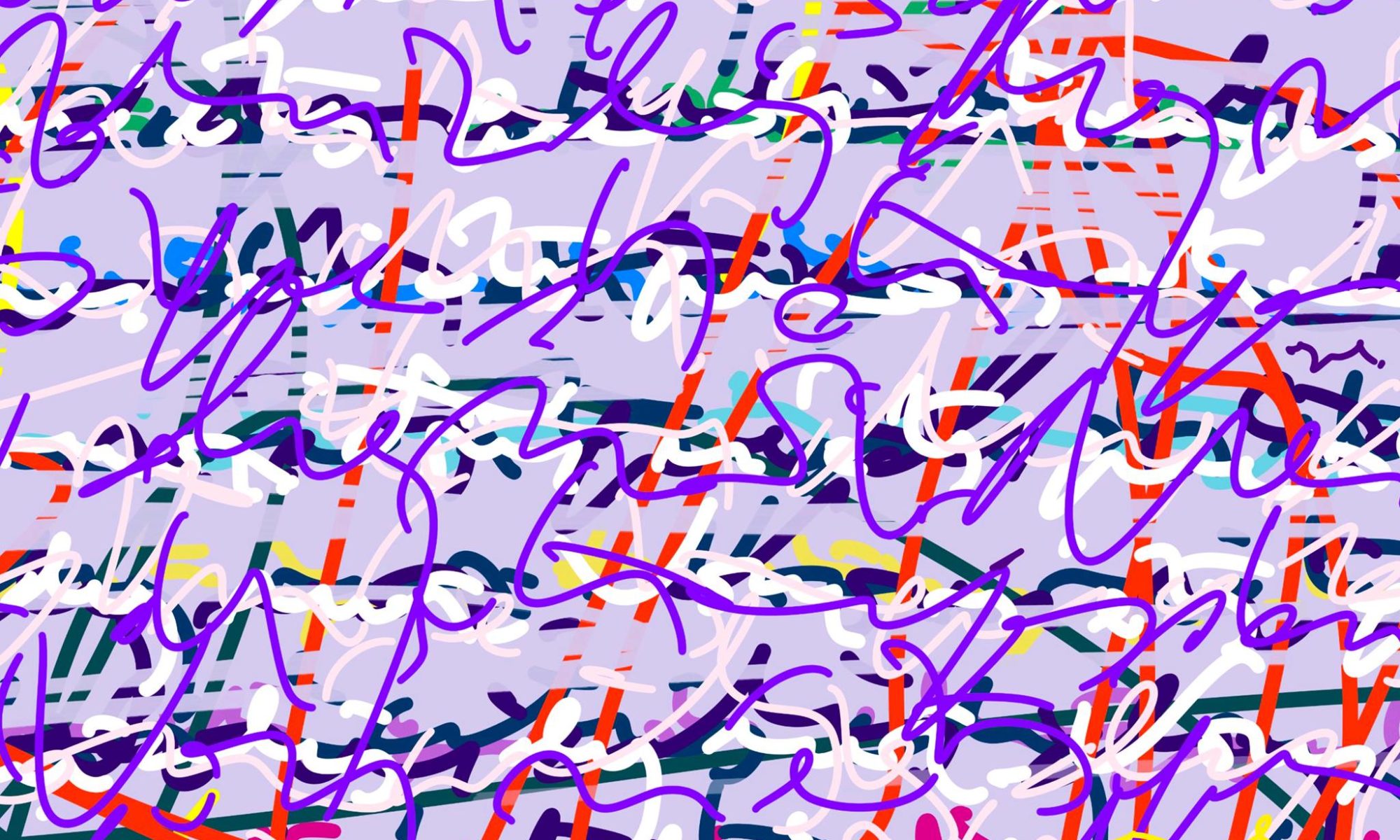Excerpts from the Diotime – Socrates dialogue of the BANQUET de PLATON (205b) on the effects of love.
What advantages does Love bring to men?
The one who is a lover of beautiful things, what does he love?
- Let them become his.
And what about the one who will have the good things become his?
- He will be happy. It is indeed through the possession of good things that happy people are happy.
Do you think that this wish and this love is something common to all men and that all wish a perpetual possession of good things?
- That is also my opinion, I replied: they are something common to all men.
Since this is so, why, Socrates, of all people, do we not say that they love? Yes, if it is true that they are all in love with the same things and always in love? why, on the contrary, why do we say of some that they are in love, and do we not say of such others?
I too am not surprised!
Well,” she said, “you shouldn’t be surprised. After having, you can see, apart from a certain form of love, we call it love, attributing to it the name of the whole; while for the other forms we have recourse to other denominations.
What is comparable? I asked.
This is it. You know very well what a multiplicity of meanings the idea of creation has. Undoubtedly, what is the cause of its transition from non-existence to existence is in any case a creation.
-You’re telling the truth!
However, you know very well, she continued, that they are not called creators but poets.
You are right! I said.
And now it is the same in the case of love. In general, all that is desire for good things and happiness is what Love is. Some who, in many different ways, orient themselves towards him, whether in the field of business or in that of a penchant, either for the exercises of the body or for the culture of the mind, are not told that they love, they are not called lovers, while others, whose actions, whose zeal is ordered to a single form, are the ones who retain the name of all, love, they are said to love, they are called lovers.
It may well be, I said, that you are right!
Undoubtedly, she continued, there is a doctrine according to which those who seek half of themselves are the ones who love. My own doctrine states that love is neither love of a half nor of a whole, unless in some way, comrade, they are precisely a good thing! For what everyone’s aspirations are about is not, I think, what belongs to him, unless it is the good that is called clean and to himself, but the stranger, on the contrary the bad: proof that nothing, in truth, except the good is loved by men! Is that your opinion about them?
Yes, by Zeus! I wrote to myself, but I have no other!
But, she continued, is it like that all of us unite, that we talk about the love of men for what is good?
Yes, I said.
What?” she said again? Shouldn’t we add that they like what is good to be theirs?
It must be added.
But, she said again, not only that it should be theirs, but that it should be theirs forever?
That is what needs to be added.
Consequently, she concludes, the object of love is, on the whole, the perpetual possession of what is good.
- Nothing could be truer than this language!

